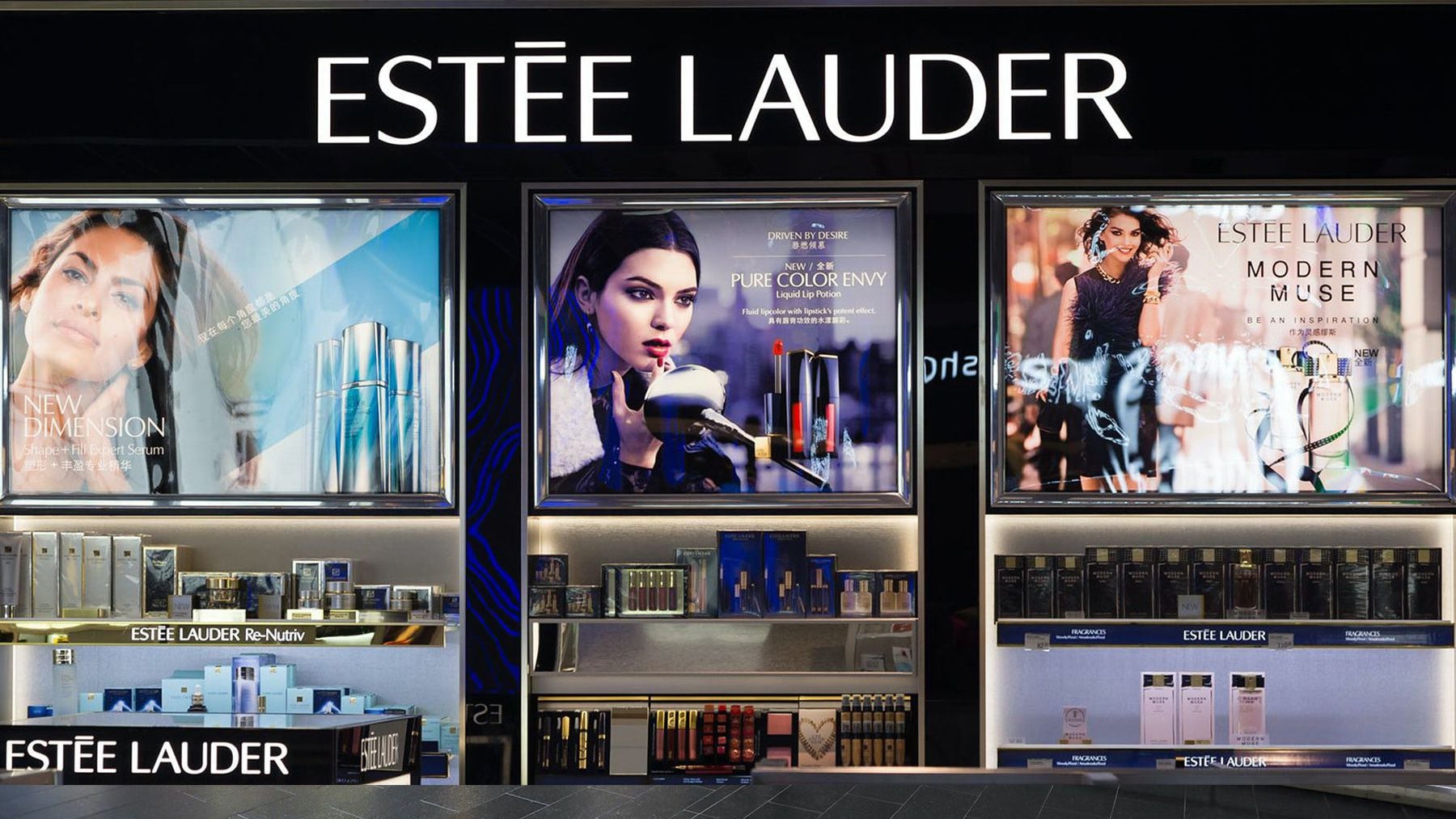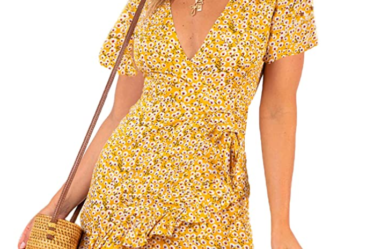
After a year of declines, Estée Lauder is looking up.
On Wednesday, the Estée Lauder Companies reported a five percent net sales increase to $3.94 billion during the third quarter, its first uptick since the end of 2022. It also upgraded its profit forecast for the full year.
But even as the company showed signs of reversing its year of steady declines, the markets weren’t convinced of a turnaround. It downgraded its annual organic sales forecast from a 1 percent decline to 1 percent increase to a 1 to 2 percent decrease. Its stock price slid around 10 percent after the announcement.
Investor trepidation is centred around Estée Lauder’s recovery in mainland China, which has been slow-moving and will potentially remain so into next year. During the third quarter, sales in the region grew in the low single digits, which chief executive officer Fabrizio Freda characterised as “a slower pace than expected” at a call with analysts.
“The quarter itself wasn’t that bad. But the commentary around China going forward creates a lot more concerns from investors around the long-term growth outlook of the business,” said Filippo Falorni, a director in Citi’s consumer practice.
In order to line up with overall growth ambitions, Falorni said Estée Lauder’s Chinese business needs to be growing between eight to 10 percent, and the company “seemed less optimistic on that.” His stance, he said, is more positive, given that travel retail, a stubborn drag, had returned to positive sales growth, and Estée Lauder is making local investments in operational and marketing, including a new manufacturing facility in Japan to streamline its regional supply chain.
Previously, shipments would often come from Europe, with a long lead time, which made forecasting difficult and overstocking common.
“They would ship [product] not knowing what the market demand was going to be … if China was looking more positive, they would send shipments several months in advance, but by the time it got there, it would be negative again,” said Korinne Wolfmeyer, a senior research analyst covering the beauty and wellness at Piper Sandler. A local facility should help put an end to excess inventory and impairment.
China woes are not unique to Estée Lauder, with both beauty and luxury firms having struggled in the region following the pandemic. But given that it represents about a third of the company’s business, investors get antsy.
“[They] start to wonder if there’s something structurally wrong with the business and its brands,” said Falorni. As a hedge, through its venture capital arm, NIV, ELC has made some investments in local brands such as Code Mint and Melt Season.
While China remains a sore point for the company, it has finally achieved some momentum to climb out of its rut. To convince the market, more firepower is needed.
Legacy Revival
Estée Lauder’s core brands showed resilience. Skincare was its biggest winner, up eight percent to $2 billion. The category now represents 52 percent of overall sales, with noted successes at La Mer and The Ordinary (representing positive movement across the pricing spectrum). Clinique’s recent Amazon debut was another boon; Freda said more of its brands will join the marketplace this year.
The bulk of its business coming from skincare, however, further exposes Estée Lauder to sentiment shifts in a very capricious market. Skin trends tend to be rooted in a brand’s ethos, rather than singular products. Trending products like sheet masks, at-home peels and tinted serums, for example, can provide a fleeting viral moment, but skincare’s biggest brands have won fans for their core value propositions, such as dermatological approval, Korean roots or organic ingredients.
Estée Lauder can compete on many of those fronts with the likes of La Mer and Dr Jart+, but faces competition. While it has a buzzy brand in affordable line The Ordinary, its competitors have stacked up many more; E.l.f Beauty now owns trendy Naturium, Puig snapped up Dr. Barbara Sturm and L’Oréal has drugstore mainstay Cerave. To avoid losing its footing in skincare, Estée Lauder will need to think fast and be agile.
It’s already beefed up Clinique’s dermatology credentials, bringing it back to industry trade shows and introducing a “Derm Creator Council” to generate social media content. Freda said these efforts had already garnered the brand an 80 percent increase in earned media value.
Falorni said these were smart calls. “If you don’t have any dermatologists claims or support, it’s gonna be really hard for you to win this category.”
Chief financial officer Tracey Travis was cognisant of the need not to rely too heavily on one division. “We’re also focused on restoration of our makeup growth … we’re mindful of shifts in category mix and channel mix relative to history,” she said on an analyst call.
There’s reason for optimism elsewhere: Makeup also fared well; sales rose three percent to $1.1 billion, led by Estée Lauder’s own brand line and Clinique, with particular success in the Latin American market.
Regaining premium market share in the US, however, is a priority for Estée Lauder as it looks to narrow its sales gap with L’Oréal’s prestige’s division, which surpassed ELC on prestige sales earlier this year.
Freda remained upbeat, referring to the second half of the fiscal year as an “inflection point … representing a renewed sales and profit growth trajectory,” and adding that he expects further expansion in operating margins.
Yet its revised fourth quarter guidance falls short of expectations. ELC is now predicting sales growth of 6 to 10 percent, versus Wall Street’s anticipated 13 percent.
But it’s possible that Freda prefers to under-promise and overdeliver; Falorni described the guidance as conservative. Citi upgraded its stock to “buy” in early April 2023.



